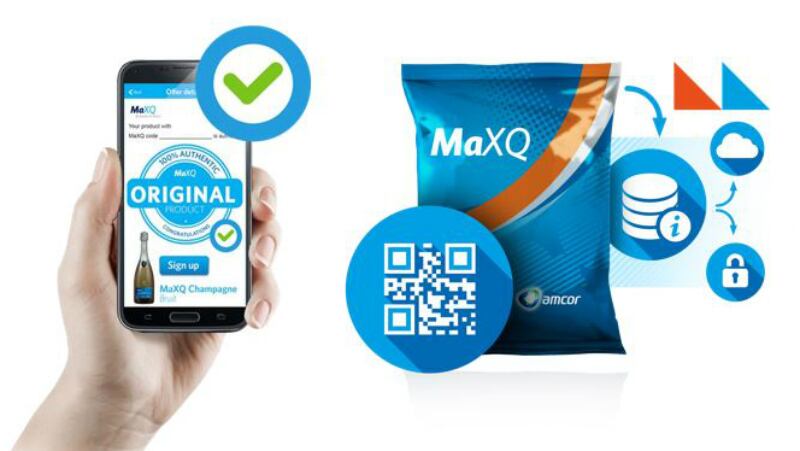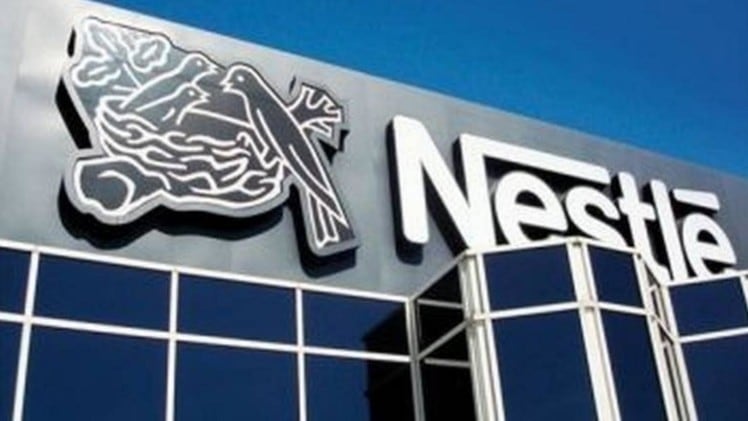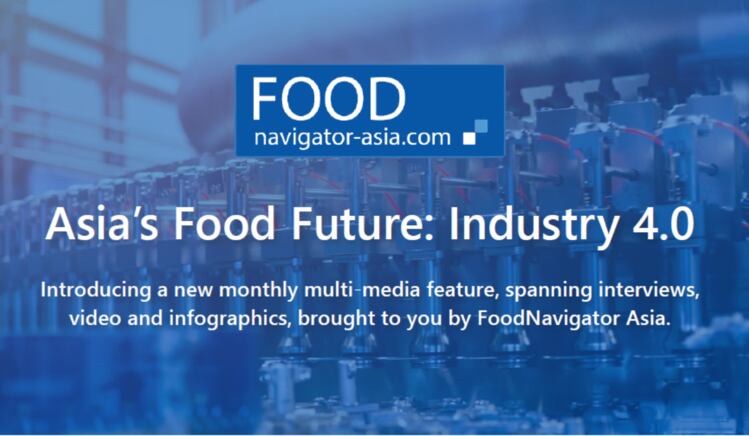“In the Asia Pacific region, Korea and Japan, and even more so, China, have adopted QR codes as a means of using packaging to bridge the information gap between the physical and digital worlds,” David Luttenberger, Mintel Global Packaging Director told FoodNavigator-Asia.
“[The] Mintel Global New Products Database (GNPD) has seen an 83% increase in Asia Pacific in the use of QR codes on pack between 2014 and 2018.
“This far outpaces any other region in the world in terms of adoption and use of QR codes.”
Apart from QR codes, Luttenberger also noted an increased trend of consumers seeking connected packaging experiences like Augmented Reality, Near-field Communication, RFID, and even enabled/smart barcodes to find ‘new levels of engagement in pre-, during, and post-purchase occasions’.
In terms of categories, snack foods were noted to be one of the most frequent adopters of connected packaging within the F&B industry.
“[Within this], consumers are responding to experiences related to entertainment [as opposed to, say] the beauty and personal care industry that seek tutorials on product use,” he said.
Growth of the connected packaging trend within the F&B industry is expected to grow even further moving forward not only on the consumer end, but also in production and manufacturing.
“Blockchain and IoT have been identified as enabling connected packaging in terms of sharing information,” Luttelberger added.
“[This applies] not only [to connecting] with consumers, but also throughout the supply chain to help manage package lifecycles including end-of-life, reuse and recyclability as well as back-end analytics that allow for more meaningful engagements and even inventory management.”
Packaging and sustainability
Since China banned plastic waste imports into the country in January last year, countries worldwide have been struggling to find alternative options to recycle or dispose of plastic waste.
Mintel’s Global Packaging Trends 2019 report stated that 2018 saw many ‘proclamations by brands and converters touting commitment to 100% recyclable materials or packaging that is 100% recycled’, but pointed out that ‘the reality is few have yet to fully consider is how, where and who will be supplying and recycling these materials’.
“These are simple questions that don’t have definitive answers.”
Luttenberger was overall optimistic about the situation though, saying that although ‘the waste ban in China has had a severe negative impact’, this has spurred food manufacturers and other industry players to do better.
“Global industry trade organisations and even category coalitions have been formed to develop new infrastructures for recycling,” he said.
“[These] will enable brands and package converters to meet 2025 and 2030 sustainability goals of producing plastic packaging with either 100% recycled content or packaging that is 100% recyclable.”
A good example of this was Nestle’s opening of its Institute of Packaging Sciences earlier this year, dedicated to the search for ‘functional, safe and environmentally friendly packaging solutions’.
The Mintel GNPD showed that some 20% of new product introductions into the APAC region since 2014 have carried on-pack messaging about the packaging being ‘environmentally responsible’, and 19% have carried a ‘recyclable’ claim.
“While these percentages are half of what they are in Europe, they are actually on par with other regions of the world, except for the Middle East and Africa, which are well below the rest of the world,” added Luttenberger.’
Other packaging trends
Apart from connected packaging and recycling, two other packaging highlighted by Mintel this year were packaging for e-commerce and plastic-free packaging.
According to the report, global E-commerce sales reached over US$2.1tn in 2017, and is expected to hit US$3.8tn by 2021, a growth of some 14%. E-commerce has reached some 14% market share of the US$15tn global retail sales market, and is predicted to hit 22% by 2021.
According to Mintel, China, South Korea and Indonesia have some of the highest (and still-increasing) e-commerce market shares globally and within the Asia Pacific region, whereas China and Japan are the most prominent in terms of e-commerce value sales.
Recognising this, e-commerce packaging has evolved to include theft prevention elements, such as StealthWrap, an opaque wrap that that obscures identification on primary packaging.
The wrap was developed by Sealed Air from the United States, and can also shrink to the dimensions of the primary e-commerce package to create a damage-resistant covering and eliminates the need for extra shipping components.





